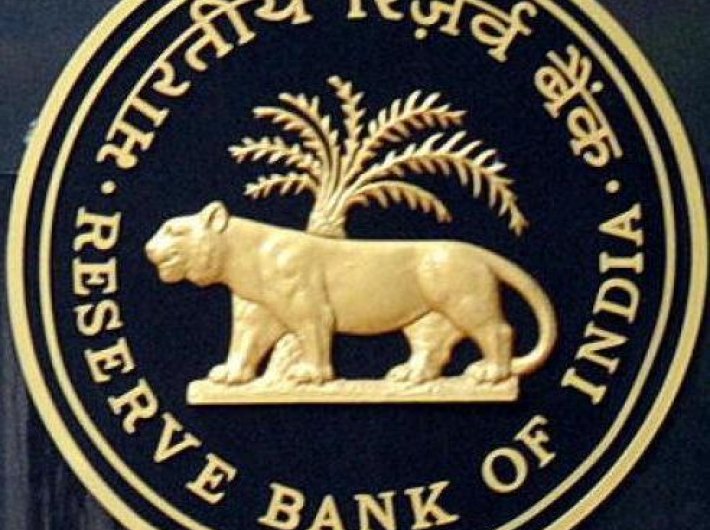Deposits surged into the banking system, leading to a massive increase in its excess reserves
Liquidity conditions have undergone large shifts in Q3 so far, said the Reserve Bank of India which added that surplus conditions in October and early November were overwhelmed by the impact of the withdrawal of Rs 500 and Rs 1,000 currency notes from November 9.
“Currency in circulation plunged by Rs 7.4 trillion up to December 2; consequently, net of replacements, deposits surged into the banking system, leading to a massive increase in its excess reserves,” said the RBI in the minutes of the monetary policy committee (MPC) December 6 and 7 meeting which was released on Wednesday.
Chetan Ghate, professor, Indian Statistical Institute, said that because of the increased uncertainty due to the withdrawal of the specified bank notes (SBNs), and virtually no hard data for November, it would be prudent to ‘wait-and-watch’.
While a negative demand shock because of the withdrawal of SBNs will lead to a decline in consumption demand, the risks that such a reduction will have longer term effects by impinging on overall investment sentiment and investment activity are low, an RBI press release quoted him as saying.
The risks that weakening aggregate demand could exacerbate a current type of “credit cycle” where a weakening of the real economy leads to a reduction in bank profits, leading to credit restrictions which further weaken the real economy, are also low. What counters the adverse effects of the withdrawal of SBNs is the aggressive pace of digitisation, and the fast restoration of the transaction demand for money from the re-tendering process. “I therefore expect the demand and supply effects from the withdrawal of SBNs to be transient with the accompanying increase in the output gap likely to be temporary,” he added.
On Q3, the committee felt that the assessment is clouded by the still unfolding effects of the withdrawal of specified bank notes (SBNs).
“The steady expansion in acreage under rabi sowing across major crops compared to a year ago should build on the robust performance of agriculture in Q2. By contrast, industrial activity remains weak. Among the core industries in the index of industrial production (IIP), the output of coal contracted in October due to subdued demand, while the production of crude oil and natural gas shrank under the binding constraint of structural impediments.
“The production of cement, fertilisers and electricity continued to decelerate, reflecting the sluggishness in underlying economic activity. On the other hand, steel output has recorded sustained expansion following the application of countervailing duties. Refinery output accelerated on the back of a pick-up in exports and capacity additions.”
It added that demonetisation “could transiently interrupt some part of industrial activity in November-December due to delays in payments of wages and purchases of inputs, although a fuller assessment is awaited. In the services sector, the outlook is mixed with construction, trade, transport, hotels and communication impacted by temporary SBN effects, while public administration, defence and other services would continue to be buoyed by the 7th central pay commission (CPC) award and one rank one pension (OROP)”.
